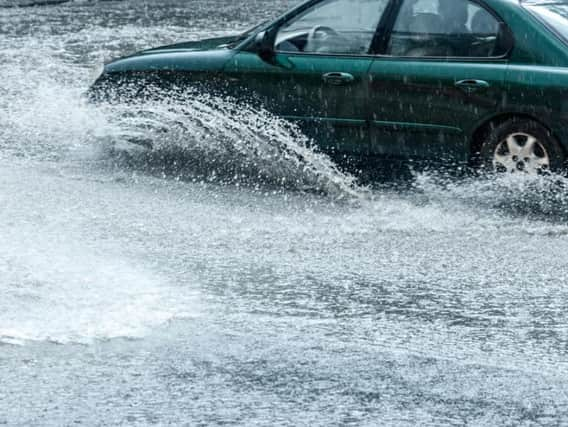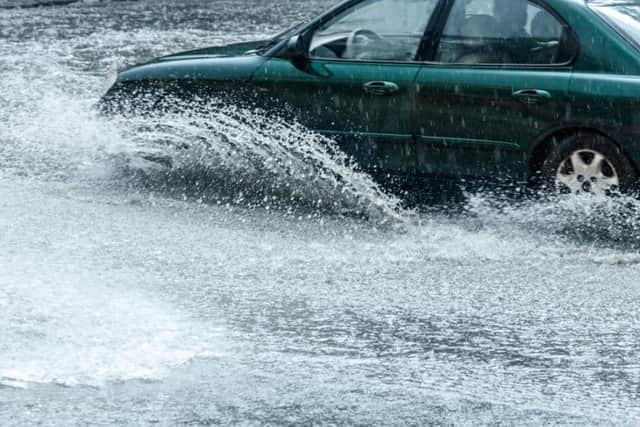Scotland travel disruption: The areas, roads, trains and bus routes most likely to be affected by yellow weather thunderstorm warnings


The Met Office states that the yellow warning thunderstorms could cause difficult driving conditions, road closures, power cuts and flooding.
Flood alerts
The Scottish Environment Protection Agency (SEPA) has issued flood alerts for the following areas:


- Aberdeenshire and Aberdeen City
- Argyll and Bute
- Ayrshire and Arran
- Caithness and Sutherland
- Central
- Dumfries and Galloway
- Dundee and Angus
- Easter Ross and Great Glen
- Edinburgh and Lothians
- Fife
- Findhorn Nairn Moray and Speyside
- Scottish Borders
- Skye and Lochaber
- Tayside
- West Central Scotland
- Wester Ross
- Western Isles
Travel disruption
Advertisement
Hide AdAdvertisement
Hide AdWith thunderstorms having hit Scotland recently, these are the travel disruptions that are most likely to occur.
It is worth considering alternative routes and travel plans in case of repeat closures and disruptions.
Road
Last week when we were hit by heavy rain, the A77 in Ayrshire was closed southbound at Bellfield, with drivers being asked to take an alternative route.
The A9 was closed in both directions for at least 45 minutes near Dunkeld in Perthshire.
The A77 also suffered from major flooding previously as well.
The A815 was affected by a landslide.
Buses
Stage Coach West Scotland halted service to Hansel Village due to major flooding on the A77 in both directions.
Rail
Currently: West Highland Line disruption due to flood damage. ScotRail is unable to run trains on parts of the West Highland line due to extensive damage caused by heavy rain and flooding.
Journeys will be subject to disruption until approximately Monday 12 August.
Advertisement
Hide AdAdvertisement
Hide AdYou can check which trains are running, as well as replacement options, on the ScotRail Journey Check website.
Previously, ScotRail also closed the line between Barrhead and Kilmarnock.
Driving in a weather warning
Transport Scotland has compiled advice all about travelling by car in bad weather.
Before the journey
Before travelling you should:
- Check that your car is adequately maintained and that the brakes, tyres, lights, batteries, windscreens and wiper blades are all in good condition
- Demist your windows and make sure they’re fully cleared of any frost, snow or ice
- Make sure you have high fuel levels, more than you’d need for the journey to account for any emergencies
Whilst travelling you should adopt more cautious driving practices, like:
- Reducing your speed
- Increasing the stopping distance
- Avoid suddenly speeding up or braking
- Use dipped headlights
A minimum break of at least 15 minutes after every two hours of driving is recommended as well if you’re making a long journey.
Advertisement
Hide AdAdvertisement
Hide AdFor driving in the rain and flood specifically, Transport Scotland says:
- When the road is wet, it can take as long to stop, so you should slow down and maintain a safe distance from the vehicle in front
- If your car loses its grip (or “aquaplanes”) on surface water, take your foot off the accelerator to slow down, don’t break or steer as you don’t have any control over the steering or the brakes
- Avoid driving through surface water as you might flood your engine. The deepest water is usually nearest the kerb
- If you must drive through floods, drive slowly in first gear and keep the engine revving at a high rate. Move forward continuously to avoid stalling the engine
- Once you’ve made it through the water, check your mirror and test your brakes to make sure they’re still working properly